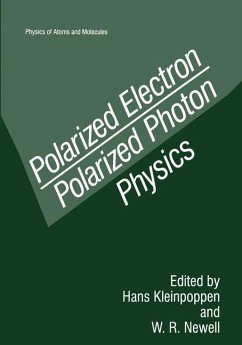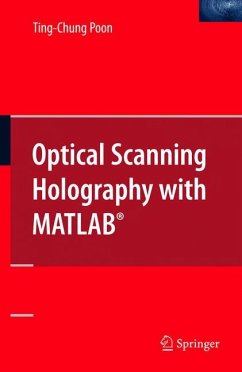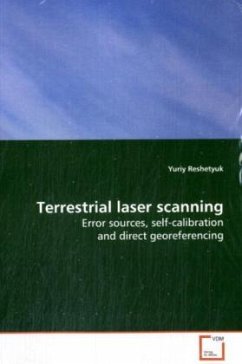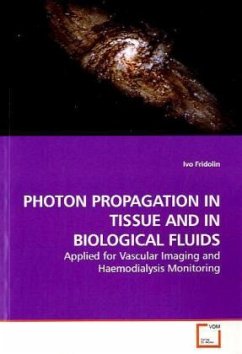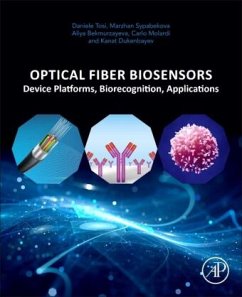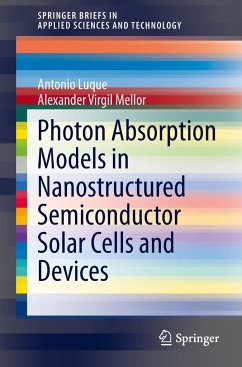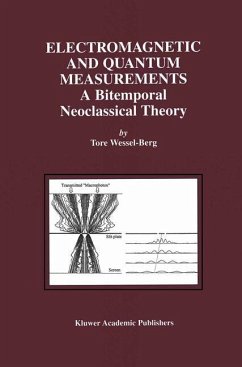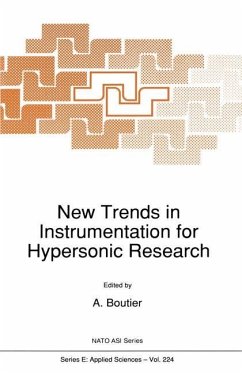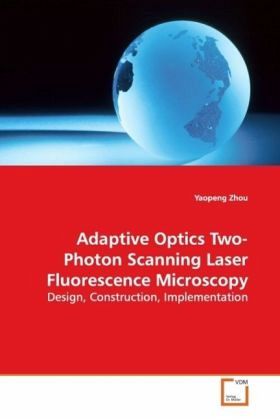
Adaptive Optics Two-Photon Scanning Laser Fluorescence Microscopy
Design, Construction, Implementation
Versandkostenfrei!
Versandfertig in 6-10 Tagen
32,99 €
inkl. MwSt.

PAYBACK Punkte
16 °P sammeln!
This work describes design, construction and use of a two-photon scanning laser fluorescence microscope (TPSLFM) improved by adaptive optics (AO) compensation to enable deeper subsurface imaging of mouse bone marrow. AO is found to be useful to compensate for degradation of image quality, particularly in deep tissue imaging where optical aberrations degrade TPSLFM resolution and contrast. An adaptive optics (AO) TPSLFM was developed to compensate the optical aberrations in the beam path to improve contrast and resolution in the mouse bone marrow subsurface imaging. The AO system relies on a de...
This work describes design, construction and use of
a two-photon scanning laser fluorescence microscope
(TPSLFM) improved by adaptive optics (AO)
compensation to enable deeper subsurface imaging of
mouse bone marrow. AO is found to be useful to
compensate for degradation of image quality,
particularly in deep tissue imaging where optical
aberrations degrade TPSLFM resolution and contrast.
An adaptive optics (AO) TPSLFM was developed to
compensate the optical aberrations in the beam path
to improve contrast and resolution in the mouse bone
marrow subsurface imaging. The AO system relies on a
deformable mirror (DM), which is controlled by using
a stochastic parallel gradient descent (SPGD)
algorithm optimized by feedback from a fluorescence
sensor. It was demonstrated that AO allows 80%
increase in fluorescence signal intensity from bone
cavities 145mm below the surface. The AO-enhanced
microscope provides cellular level images of mouse
bone marrow at depths exceeding those achievable
without AO.
a two-photon scanning laser fluorescence microscope
(TPSLFM) improved by adaptive optics (AO)
compensation to enable deeper subsurface imaging of
mouse bone marrow. AO is found to be useful to
compensate for degradation of image quality,
particularly in deep tissue imaging where optical
aberrations degrade TPSLFM resolution and contrast.
An adaptive optics (AO) TPSLFM was developed to
compensate the optical aberrations in the beam path
to improve contrast and resolution in the mouse bone
marrow subsurface imaging. The AO system relies on a
deformable mirror (DM), which is controlled by using
a stochastic parallel gradient descent (SPGD)
algorithm optimized by feedback from a fluorescence
sensor. It was demonstrated that AO allows 80%
increase in fluorescence signal intensity from bone
cavities 145mm below the surface. The AO-enhanced
microscope provides cellular level images of mouse
bone marrow at depths exceeding those achievable
without AO.



